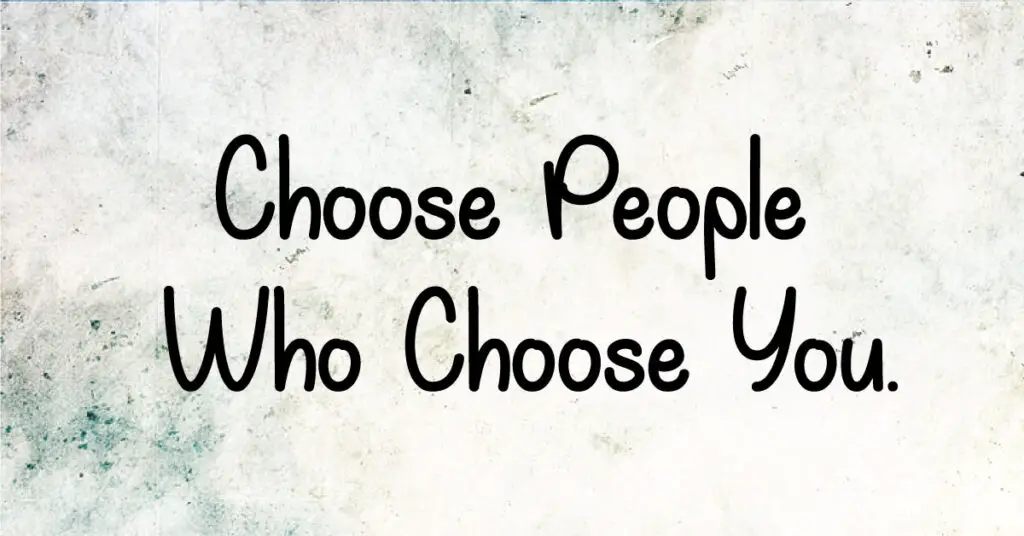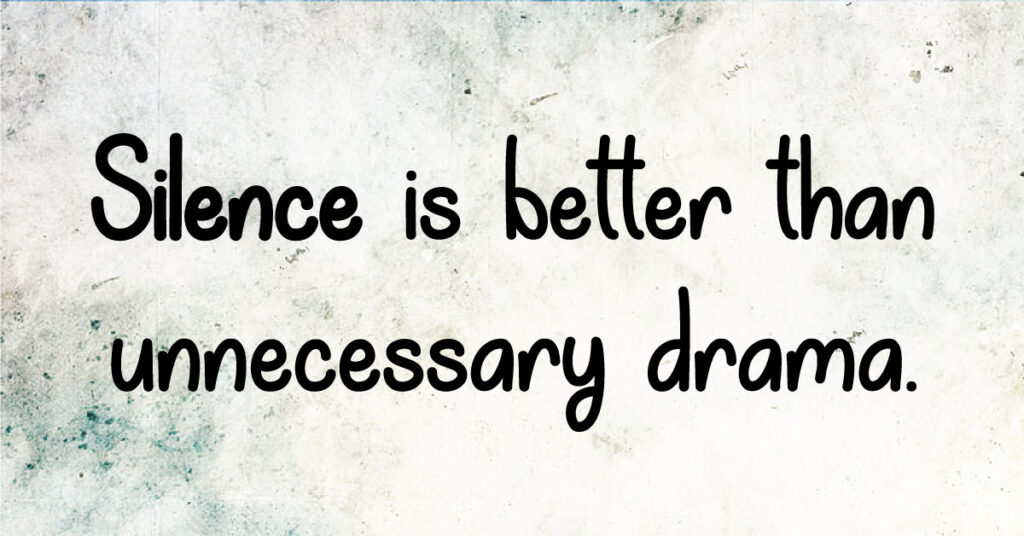Friendships are a fundamental part of human life. They provide emotional support, enrich our experiences, and contribute to our personal growth. However, maintaining friendships requires time, effort, and emotional investment. So, how many friendships can one person effectively handle? And why is it important not to overflow with connections? Let’s delve into this fascinating topic.
The Science of Friendship: Dunbar’s Number
The concept that provides a perspective on the mental capacity for friendships we can sustain is referred to as Dunbar’s Number. This idea, put forth by British anthropologist Robin Dunbar, posits that humans are capable of maintaining steady social connections with roughly 150 individuals.
This figure isn’t random but is rooted in the relationship between the size of the primate brain and the average size of their social groups. Dunbar discovered that the size of the human neocortex, a part of the brain, enables us to manage approximately 150 significant relationships concurrently.
Layers of Social Connectivity
However, not all of these 150 relationships hold the same weight. Dunbar’s research further breaks down this number into concentric circles of intimacy:
- Innermost circle (1-5 people): These are our closest friends—those we turn to in times of deep emotional need.
- Next circle (6-15 people): This includes good friends who we contact frequently and feel comfortable discussing personal issues with.
- Further circle (16-50 people): These are friends with whom we have regular contact but less emotional closeness.
- Outer circle (51-150 people): These are acquaintances with whom we have a relationship but don’t have regular contact.
Beyond the outer circle, we may have additional layers of connections—for example, 500 acquaintances and 1500 people we can recognize—but these relationships lack the depth and complexity of true friendships.
The Impact of Technology and Social Media
In today’s digital world, we can connect with hundreds, even thousands, of individuals with a single click. However, does this mean we can maintain more friendships? Surprisingly, research suggests that despite the capabilities of social media, our cognitive capacity for maintaining meaningful relationships remains the same.
Social media might give us the illusion of having a larger circle of friends, but the quality and depth of these online friendships often differ from those formed offline. Even with technology, maintaining a friendship demands personal interactions, shared experiences, and emotional investment.
The Importance of Not Overloading With Connections
While it may seem appealing to have a large number of friends, there are several reasons why it’s essential not to overflow with connections:
- Quality over quantity: Having too many friends can dilute the quality of each relationship. It becomes challenging to invest enough time and emotional energy into each friendship, leading to shallow connections.
- Stress and burnout: Trying to maintain more friendships than we can handle can lead to stress and emotional exhaustion. It’s better to focus on nurturing a few meaningful relationships rather than spreading ourselves thin[^10^].
- Lack of intimacy: When we have too many friends, it becomes difficult to foster intimacy and trust. Deep connections are built on shared experiences and emotional vulnerability, which take time to develop.
- Neglect of personal needs: In the pursuit of maintaining numerous friendships, we might neglect our own needs. It’s crucial to balance social interactions with personal time for self-care and reflection.
Finding Your Balance
While Dunbar’s number provides a general guideline, the ‘right’ number of friends varies from person to person. Some individuals thrive on large social networks, while others prefer a smaller circle of close-knit relationships.
What matters most is not the quantity of friendships, but the quality. Whether you have five close friends or fifty casual acquaintances, what’s essential is that these relationships bring joy, support, and enrichment to your life.
In conclusion, while there seems to be a cognitive limit to the number of friendships we can effectively maintain, this number serves as a guideline rather than a rule. It’s the depth and quality of our relationships that truly count. By understanding our limits and focusing on quality connections, we can cultivate fulfilling and long-lasting friendships.








